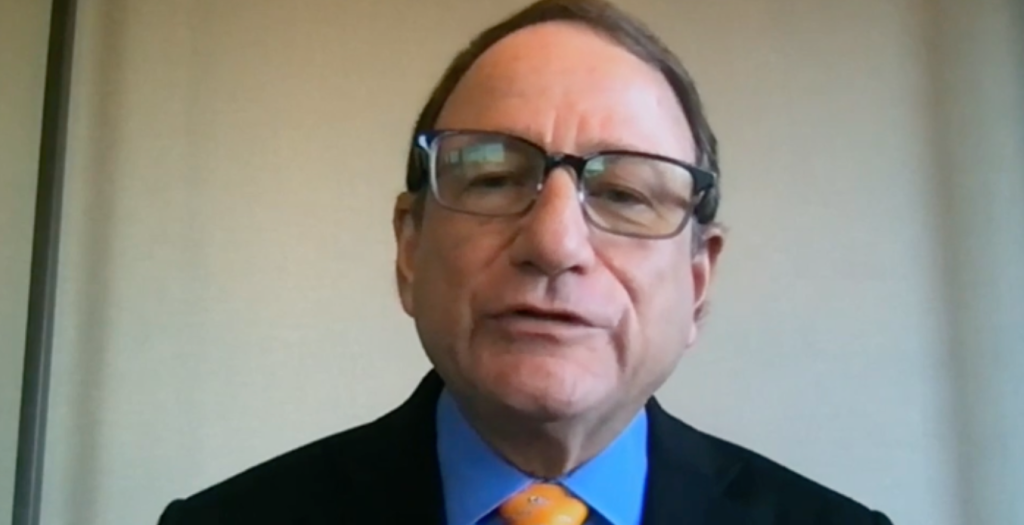Tyler Durden’s analysis critiques the narrative pushed by US corporate media that suggests the economy is thriving, particularly in the run-up to the presidential elections. Despite reports indicating growth in retail sales, many Americans are experiencing financial strain due to high inflation and increasing interest rates, which lead to rising costs in essential areas such as food, energy, insurance, and housing. As consumers are forced to spend more just to maintain their standard of living, their savings continue to dwindle, and credit card debt mounts. This situation is particularly challenging for low- and middle-income families, raising concerns about their spending capabilities during the upcoming holiday shopping season.
Gerald Storch, CEO of Storch Advisors and a former executive at Target and Toys “R” Us, provided insight into the upcoming holiday shopping season, expressing cautious outlooks. During an interview, he noted that while there exists a perception of continued consumer spending, the reality is that Americans are spending less than inflation’s rate of growth. He projected that a growth range of 2.5% for consumer spending during the holiday season would be a decent outcome, contrasting this with the more favorable figures of 4% in previous years. This bleak forecast is compounded by the fact that the holiday shopping window is shorter than usual, further complicating retailers’ prospects.
Storch also emphasized that external factors, including the ongoing presidential election and geopolitical tensions, may dampen holiday shopping enthusiasm. His commentary aligns with observations from Goldman Sachs analysts, who highlighted a growing trend of consumers “trading down” — shifting from high-end products to more affordable options — a pattern reminiscent of consumer behavior during the 2008 financial crisis. The consensus among retail experts reflects a belief that consumer purchasing power is deteriorating, which may severely impact the overall performance of the retail sector as the holidays approach.
Supporting this narrative, a recent survey by the National Retail Federation revealed that spending predictions for Halloween have been adjusted downward, mirroring trends observed before the onset of the COVID-19 pandemic. As households face economic pressures, all eyes are on the upcoming Black Friday and Cyber Monday sales, which will serve as critical indicators for holiday shopping trends. The contrasts between projected consumer behavior and necessities have raised alarms, suggesting that retail performance may not meet previous expectations.
Additionally, the psychological effects of these economic challenges are leading to shifts in social behavior, with reports indicating that alcohol consumption in the US has escalated to levels not seen since the inflation crisis of the 1970s. This increase in drinking may be a coping mechanism as many individuals grapple with the stress stemming from their financial situations under what has been termed “Bidenomics.” As economic hardships grow more pronounced, it appears that Americans face an uphill battle in maintaining their lifestyles, potentially setting the stage for a widespread economic reckoning.
Overall, the juxtaposition of media reports highlighting retail sales growth against the backdrop of genuine consumer distress paints a troubling picture. Storch’s insights and the troubling data from various surveys underscore a reality that contradicts the optimistic narrative often portrayed by corporate media. With consumers feeling the pinch of inflation and depleted savings, the approaching holiday season may reveal just how deep these struggles impact spending behavior, potentially prompting a reevaluation of financial priorities and retail strategies for the coming months.

